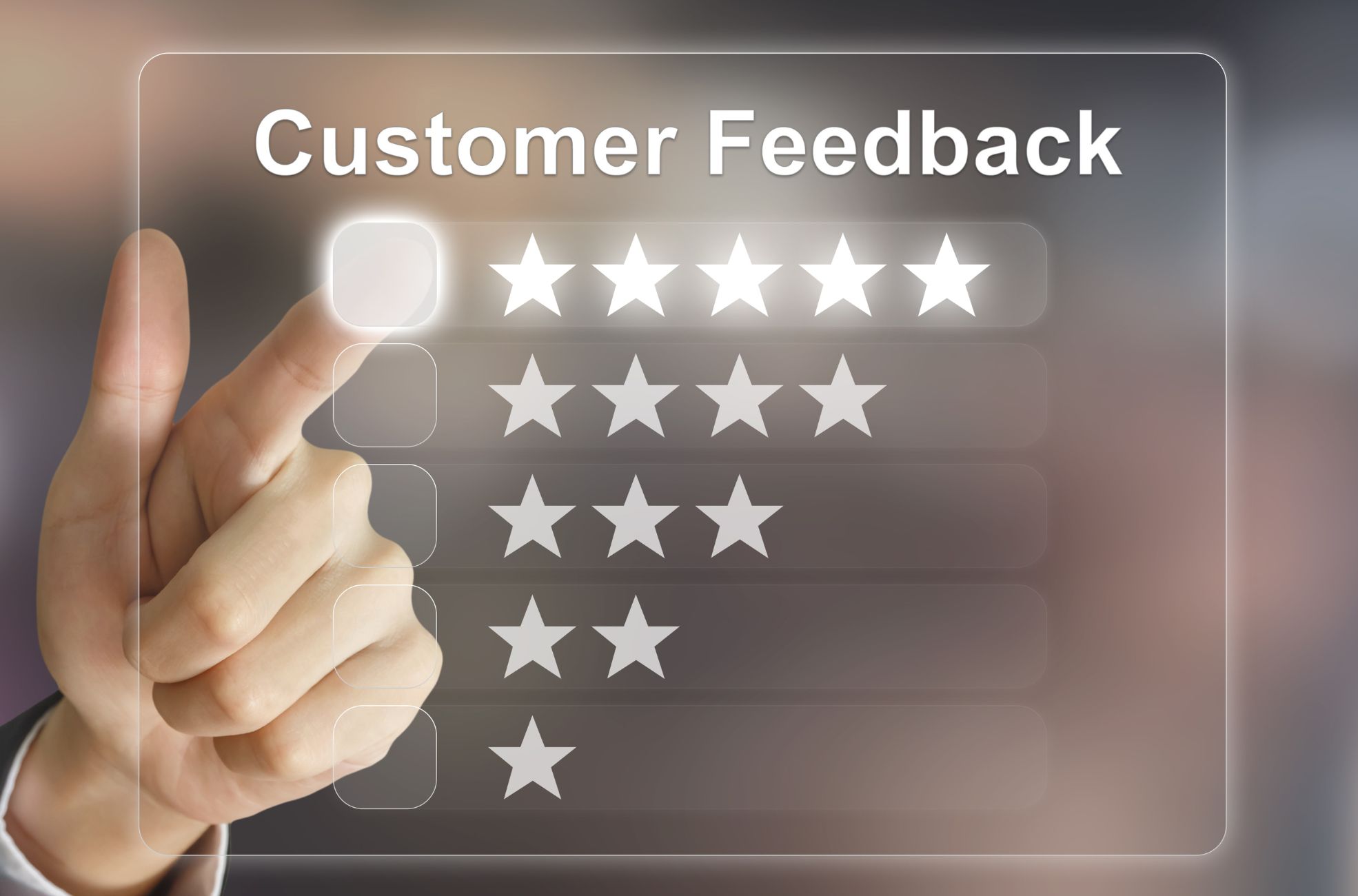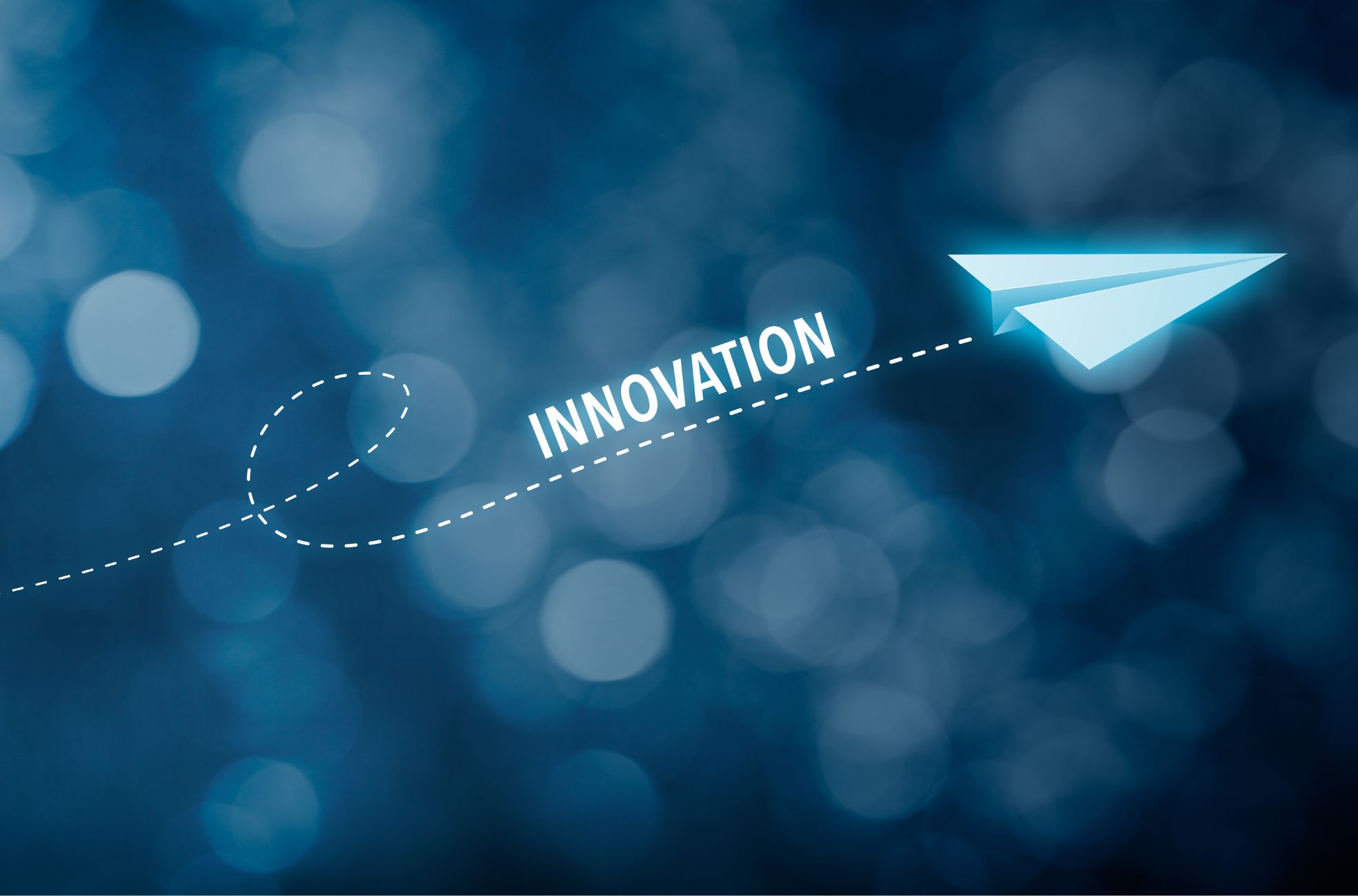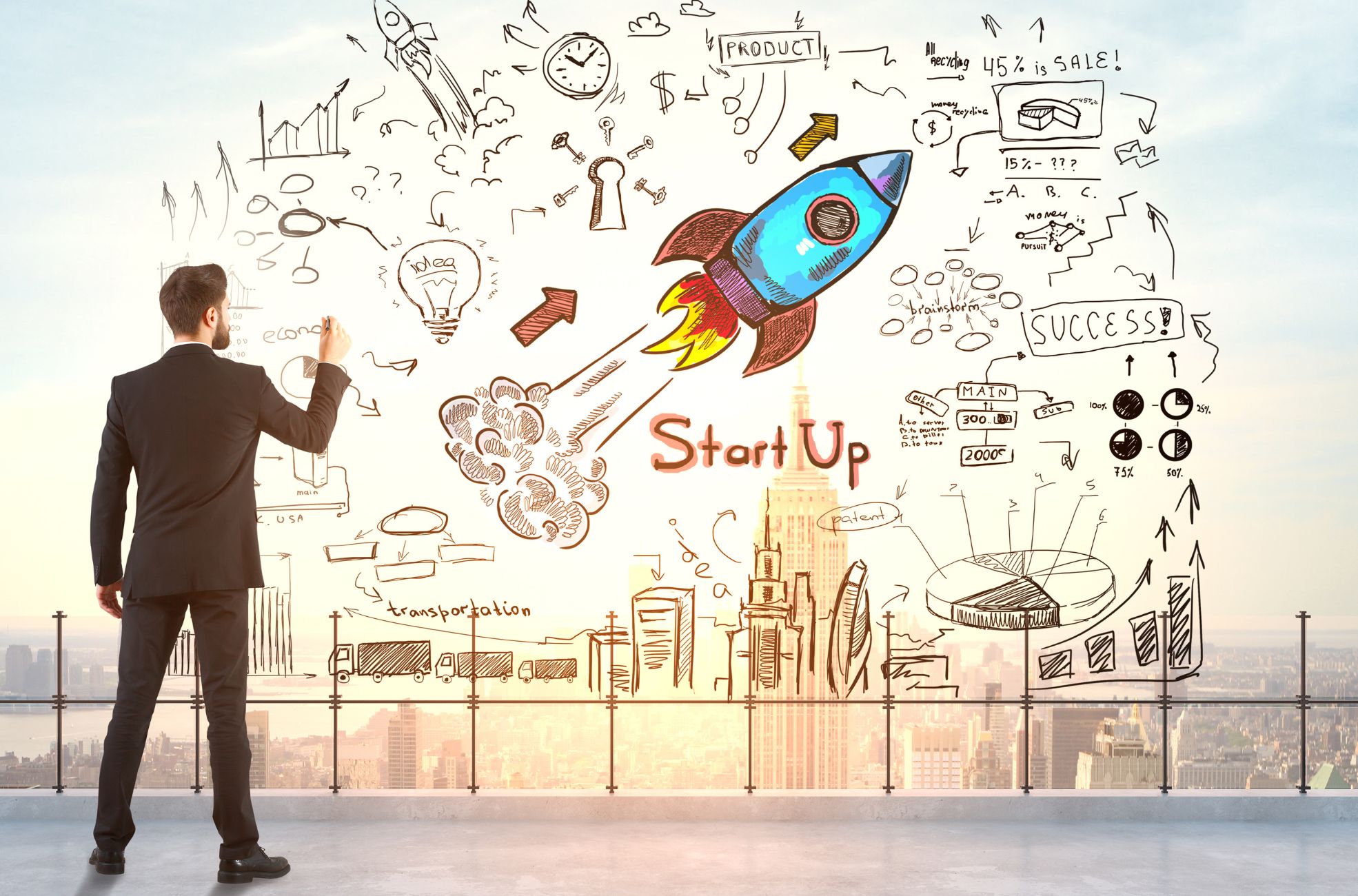Want to ensure your startup’s success without unnecessary work and the trial and error process? The Lean Startup Methodology could be what you’re looking for. This innovative approach, used by some of the world’s most successful businesses, focuses on efficient and strategic product development through validated learning and constant iteration.
It’s a paradigm-shifting way to build and manage businesses, saving time and resources and reducing the risk of failure. In this article, we’re going to explore this methodology, its principles, benefits, and successful real-world applications. Prepare to transform your startup journey!
What Is The “Lean Startup” Methodology?
The Lean Startup methodology is a modern way to build and manage a business or product. It’s all about experimentation, testing, and iteration. Products are developed based on what you learn from these tests and feedback.
This methodology isn’t just for tech companies either. You can apply it across various industries and business models. Companies like Dropbox, Zappos, and General Electric have successfully used it to develop and refine their products and grow their businesses.
The Goal of Lean Startup Methodology
The main goal of the Lean Startup methodology is to cut out wasteful practices during the early stages of a company. This approach gives your company a better chance of long-term success. It’s all about finding a scalable business model and tweaking plans incrementally based on customer feedback and market validation.
The Lean Startup methodology encourages entrepreneurs like you to focus on validated learning. This means testing hypotheses and gathering data to make informed decisions about the direction of your business.
Basic Principles of the Lean Startup Methodology
The Lean Startup methodology is built on a few key principles. The first is developing a Minimum Viable Product (MVP) to see how customers react. The second principle is measuring the results of the MVP and getting feedback.
The final principle is learning from the data and feedback to improve the product. This process is often called the build-measure-learn feedback loop. It involves building a MVP, measuring its performance, and learning from the data to make improvements.
This methodology can help startups like yours reduce the risk of failure, save resources, and increase your chances of success.

A Lean Startup vs. Traditional Startup Approaches
The Lean Startup approach is quite different from traditional startup approaches. Traditional startup methods often involve creating extensive business plans and financial projections and developing products in secret. In contrast, the Lean Startup approach prioritises customer feedback, experimentation, and flexibility.
The Lean Startup approach aims to develop products based on what the market wants. It figures out customer interest through testing and feedback and focuses on metrics like product popularity and lifetime customer value.
The Lean Startup methodology is particularly beneficial for early-stage startups with limited resources. It allows you to test your ideas quickly and make adjustments based on real-world feedback. It encourages a culture of experimentation, learning from failures, and continuous improvement, which can lead to more innovative and successful businesses.
However, it’s important to note that the Lean Startup approach isn’t a one-size-fits-all solution. It may not be suitable for every business or industry. It requires a mindset of continuous learning and adaptation.
In comparison, the traditional business plan approach often requires extensive planning, financial projections, and a long-term strategy. While this method may be suitable for some businesses, it lacks the agility, customer feedback, and iterative development prioritised by the Lean Startup approach.
Lean startups aim to minimise waste by focusing on the essential features and iterating based on customer feedback. On the other hand, traditional startups may invest significant resources in developing a product without validating its market demand.
Both the Lean Startup methodology and the traditional business plan approach have their merits. They may be suitable for different types of businesses and industries. It ultimately depends on your specific goals, resources, and market conditions.
The Lean Startup methodology has gained popularity in the startup ecosystem. It’s been embraced by entrepreneurs, investors, and business leaders like you as a more effective and efficient way to build and grow successful businesses.
The 4 Steps of the Lean Startup Cycle
The Lean Startup Methodology, conceived by Eric Ries, is a revolutionary approach to launching a successful business. This framework, inspired by lean manufacturing principles, is designed to cut down on waste and make the most of your resources.
It’s gained a lot of attention for its effectiveness in reducing risk, especially when you consider that a shocking 90% of online startups don’t make it past their first year.

Step 1 – Business Model Canvas
Your first step in the Lean Startup cycle is to get your ideas down on the business model canvas. This canvas is a visual representation of the nine key building blocks that make up the backbone of all businesses.
The canvas, developed by entrepreneur Alexander Osterwalder, is a tool that helps you visualise your business model and pinpoint potential risks and opportunities.
Step 2 – Formulating a Hypothesis
Once you’ve got your business model canvas filled out, the next step is to come up with hypotheses. These are based on your analysis of the canvas. You’ll break down these hypotheses into three risk categories: Desirability, Viability, and Feasibility.
This step is really important. It lets you make educated guesses about your business and pinpoint areas that need more investigation or validation.
Step 3 – Minimum Viable Product (MVP)
The third step in the Lean Startup cycle is to test these hypotheses in relation to your business ideas. This is usually done by creating an MVP.
An MVP is the version of a new product that lets a team gather the most validated learning with the least effort. The MVP is a tool for testing your hypotheses and collecting valuable customer feedback.
Step 4 – Learning
The final step in the Lean Startup cycle is learning. This step highlights the importance of validated learning and the build-measure-learn feedback loop. You’ll use empirical data from customer feedback to test and validate your assumptions.
The ultimate goal is to make sure your product fits the market. If the feedback suggests you need to make big changes, you’ll pivot. You’ll come up with a new set of assumptions and hypotheses to test.
The Lean Startup Methodology isn’t just about building a more successful entrepreneurial business. It’s also about learning from these businesses to improve virtually everything we do. It’s a scientific approach to creating and managing startups with the goal of getting a desired product into customers’ hands faster.
This methodology teaches you how to steer a startup, when to turn, and when to keep going to grow a business as quickly as possible. It’s a fresh approach that’s being adopted worldwide, changing the way companies are built and new products are launched. It encourages companies to be both more capital efficient and to make better use of human creativity.
How To Develop An MVP
Creating an MVP involves a strategic approach to gaining maximum knowledge about your target audience with minimal effort. This concept is central to the Lean Startup Methodology, which advocates for efficient work and emphasises validated learning.

Types of MVP
There are several types of MVPs that can be utilised to gather customer feedback and gain a deeper understanding of the market. One such type is the Concierge MVP, where a service is manually provided before it is automated. This method allows for direct interaction with customers, providing valuable insights into their needs and preferences.
However, it’s important to note that the results from a Concierge MVP can be influenced by the customer’s perception of the service provider. Additionally, the product will still need to be developed at some point.
Another type of MVP is the Wizard of Oz MVP. This method creates the illusion of a fully functioning system while operations are manually conducted behind the scenes. This can be a cost-effective approach in the initial stages, but its success is contingent on the efficiency of the individuals working behind the scenes.
A third type of MVP is a simple landing page. This is a single page that outlines your product or service, emphasises its benefits, and includes a call to action. This method allows for quick feedback and data collection.
However, it’s crucial to remember that while visitors may show interest, they may not necessarily commit to a purchase.
Quick, Responsive Development
The Lean Startup Methodology promotes swift, responsive development. The objective is to construct the least amount necessary to start learning as quickly as possible. This could be as straightforward as manually crafting emails to gauge customer interest.
The goal is to swiftly launch a product based on a robust idea with a limited budget.
Work Smarter not Harder
Efficient work, as opposed to hard work, is a fundamental principle of the Lean Startup Methodology. This involves concentrating on those features that directly address the issues of potential users and disregarding all other additional options at the MVP stage.
This involves making assumptions about what your potential clients require, the time and resources necessary to deliver the product or service, and the potential return on investment. These assumptions need to be tested and validated before committing significant resources to the project.
There are several metrics that can be used to measure the success of an MVP. These include traffic, engagement, sign-ups, download and launch rates, cost per acquisition, average revenue per user, customer lifetime value, and churn. These metrics can provide valuable insights into the viability of a business idea and inform future development efforts.
Learn When It Is Time To Pivot
In the Lean Startup methodology, a pivot is a strategic shift designed to test a new hypothesis about your product and business model. It’s a vital part of the process, enabling startups to evolve and expand in response to customer feedback and market changes. There are ten types of pivots, each offering a unique way for you to adjust your business strategy and product development based on new insights and learning.
These pivots include:
- Zoom-in and Zoom-out
- Customer Segment
- Customer Need
- Platform
- Business Architecture
- Value Capture
- Engine of Growth
- Channel
- Technology Pivots.
A famous example of a successful pivot is Twitter, which transitioned from a podcast service to a group SMS product.
Types of Pivot
The ten types of pivot provide a spectrum of options for startups to alter their direction. A zoom-in pivot, for instance, concentrates on a single feature of a product that was previously just one of many. Conversely, a zoom-out pivot expands the product to include more features or capabilities.
Customer segment and customer need pivots involve altering your target audience or the problem your product solves. Platform pivots transform the product from an application to a platform or vice versa. Business architecture pivots between high-margin, low-volume business models and low-margin, high-volume ones.
Value capture, the engine of growth, channel, and technology pivots involve changes in the revenue model, growth strategy, distribution channel, and technology used in the product.

Continuous Innovation
The Lean Startup methodology is centred around continuous innovation. It’s about perpetually challenging the status quo and learning faster than your competition. This is achieved through a continuous innovation loop: build, measure and learn.
This loop is the core of the Lean Startup methodology. It enables startups to test market assumptions and use customer feedback to evolve their products faster than traditional product development practices. By constantly out-learning the competition, startups stay relevant to their customers and see their business model thrive and grow.
Eliminate Uncertainty
A primary objective of the Lean Startup methodology is to eliminate uncertainty. This is achieved by making assumptions explicit and testing them, thereby reducing the risk of failure. The methodology encourages startups to acknowledge the high level of uncertainty at the start of a venture and to keep ideas rough and testable.
It promotes testing the riskiest assumptions first and making many small and quick bets when uncertainty is high. This approach helps startups avoid failure and build fast, resilient companies that can adapt and adjust before it’s too late.
Validated Learning
Validated learning is a crucial aspect of the Lean Startup Methodology. It involves the use of measurable data such as user engagement, revenue, and feedback to assess the effectiveness of a product or service in meeting user needs. This approach disrupts conventional business practices by emphasising the importance of testing prototypes with consumers and refining them based on the feedback received. This cycle aids in preventing the development of features that customers do not want or need, thereby conserving time and resources.
Innovation Accounting
Innovation Accounting is another fundamental principle of the Lean Startup Methodology. This metric gauges progress when traditional metrics such as revenue, customers, ROI, and market share are virtually non-existent. It provides a framework of chained leading indicators, each predicting success. This system also assists teams in staying focused on the most critical assumptions about their project. It integrates long-term growth and R&D into a clear process for funding innovation. It can be audited for value creation and allows comparisons between startups to decide which is most deserving of continued investment.
Sketch Out Your Hypotheses
The Lean Startup Methodology encourages sketching out of hypotheses. This involves making educated guesses about what customers want and testing these assumptions by creating an MVP. The MVP is presented to consumers, and their feedback aids in refining the product or service. This cycle of hypothesis testing and iteration continues until the product or service meets customer needs.
Example of Lean Startup
Several companies have successfully implemented the Lean Startup Methodology. For instance, Zappos, a billion-dollar business, began by testing if customers were interested in purchasing shoes online.
Dropbox, a file hosting service, started as an MVP with a 3-minute screencast showing consumers what the service could do.
The response to the video allowed Dropbox to test if there was a demand for the product and build an initial audience through a waiting list. Feedback from the video helped shape the product to meet consumer needs. Similarly, Slack, the multi-billion dollar instant messaging service, started as an internal office tool for gaming startup, TinySpeck. It then pivoted towards something more marketable using the Lean Startup Methodology.
The Lean Startup Methodology, while not a guarantee of success, offers a practical way to show progress against business goals when traditional key performance indicators aren’t very helpful. It requires a “go big or go home” attitude, with the high risk that comes with it. But, when used correctly, it can be a powerful tool for turning business ideas into billion-dollar unicorns.
Achieving Success with Lean Startup
Navigating the competitive world of startups can be daunting. The Lean Startup methodology offers a strategic roadmap to reduce the uncertainty shrouding new ventures and increase the likelihood of your venture’s success. With its principles of validated learning, customer-centric development, iterative progress, and innovation accounting, your startup can efficiently streamline operations and make the most of available resources.
Remember, adopting the Lean Startup approach is more than just following a set of steps – it’s embracing a mindset of agility, experimentation, and continuous learning. With this philosophy, you’re not only equipped to build a successful business but also foster a culture of innovation that can redefine your industry. So, take the leap, apply the Lean Startup techniques, and watch your business thrive!









